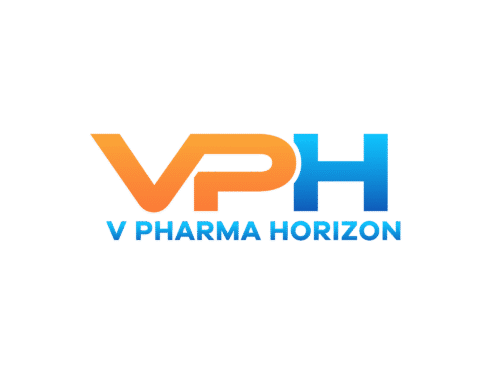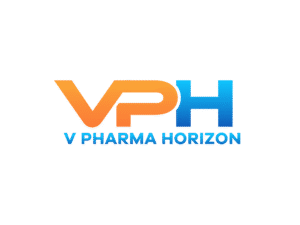Navigating Global Regulatory Waters: What Pharma Needs to Know in 2025
In 2025, pharmaceutical companies find themselves sailing through increasingly complex and shifting regulatory waters. The post-pandemic acceleration of innovation, alongside geopolitical shifts and evolving patient expectations, has prompted regulatory agencies across the globe to revisit

In 2025, pharmaceutical companies find themselves sailing through increasingly complex and shifting regulatory waters. The post-pandemic acceleration of innovation, alongside geopolitical shifts and evolving patient expectations, has prompted regulatory agencies across the globe to revisit frameworks and enforce new compliance standards. For pharma leaders, navigating these changes isn’t just about meeting minimum requirements—it’s about future-proofing strategy, accelerating market access, and building trust in a highly scrutinized industry.
1. A Patchwork of Standards: The Compliance Conundrum
One of the greatest challenges facing pharma in 2025 is the fragmentation of global regulatory standards. While efforts toward harmonization through organizations like ICH (International Council for Harmonisation) continue, regional differences remain. The EU’s Clinical Trials Regulation (CTR), the U.S. FDA’s evolving use of Real-World Evidence (RWE), and China’s rapid-fire regulatory approvals reflect diverse priorities and risk appetites.
Companies must now design flexible regulatory strategies that can accommodate regional nuances while streamlining approval timelines. Multinational regulatory intelligence teams and advanced analytics platforms are becoming essential tools for anticipating rule changes and aligning internal protocols accordingly.
2. The Rise of Tech-Driven Compliance
As AI, digital biomarkers, and decentralized clinical trials (DCTs) become mainstream, regulators are quickly adapting to evaluate technologies that weren’t even on their radar five years ago. The U.S. FDA has issued guidance on AI/ML in medical products, while the EMA is exploring frameworks for DCT oversight.
Pharma must ensure not only that their technologies are cutting-edge, but also that they are explainable, auditable, and ethical. In 2025, regulatory approval isn’t just a question of safety and efficacy—it’s about data traceability, algorithmic transparency, and cybersecurity.
3. Environmental and Social Governance (ESG) Regulations Tighten
ESG is no longer a corporate buzzword; it’s now embedded in regulatory frameworks. Authorities like the European Medicines Agency and Health Canada are scrutinizing sustainability practices, from carbon emissions in manufacturing to waste management and diversity in clinical trials. Companies must disclose ESG metrics and align with sustainable manufacturing and packaging standards to maintain global market access.
4. Speed vs. Safety: The Regulatory Tightrope
The pandemic prompted fast-tracked approvals and emergency use authorizations that redefined timelines for drug approvals. In 2025, there is growing pressure to maintain speed without sacrificing rigor. Regulators are now expanding accelerated pathways for rare diseases, oncology, and gene therapies—but with stricter post-market surveillance requirements.
Pharma companies must invest in robust pharmacovigilance systems and maintain long-term patient data registries to comply with conditional approvals and ongoing evaluations.
5. Data Localization and Cross-Border Challenges
Countries like India, China, and Brazil are implementing or tightening data localization laws, requiring companies to store and process data within national borders. This complicates global clinical trial operations and pharmacovigilance programs, especially those reliant on centralized cloud infrastructures.
To stay compliant, pharma must adopt hybrid data architectures, ensure local partnerships, and redefine data governance frameworks that respect national sovereignty without compromising efficiency.
6. Collaborative Engagement is Key
Pharma can no longer afford to be reactive. Proactive, transparent engagement with regulatory bodies, health technology assessment (HTA) agencies, and patient advocacy groups is becoming standard. Regulators in 2025 are increasingly open to early dialogue, adaptive licensing models, and collaborative innovation.
Companies that involve regulators early in R&D and maintain open channels of communication stand a better chance of navigating approval landscapes with fewer delays and surprises.
Charting a Resilient Course
For pharma in 2025, regulatory excellence is not merely about checking boxes—it’s about embedding agility, transparency, and ethical foresight into the fabric of operations. Companies that proactively invest in regulatory intelligence, digital readiness, and ESG compliance will be best positioned to thrive amid global uncertainty.
As the seas of regulation continue to shift, those who steer with foresight and collaboration will find not just safe harbor—but competitive advantage.






